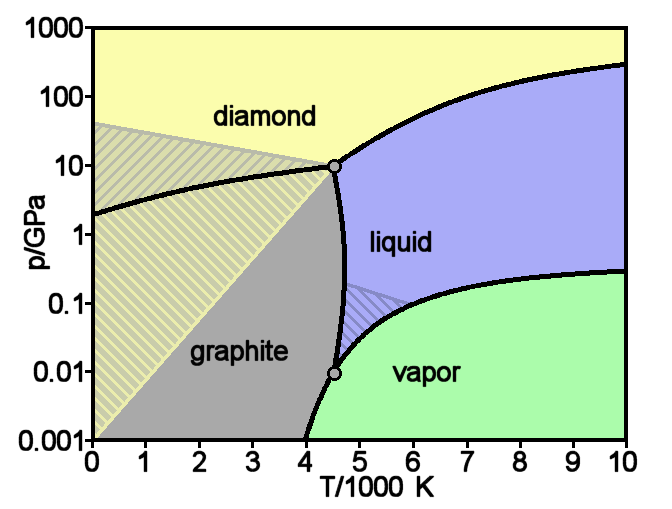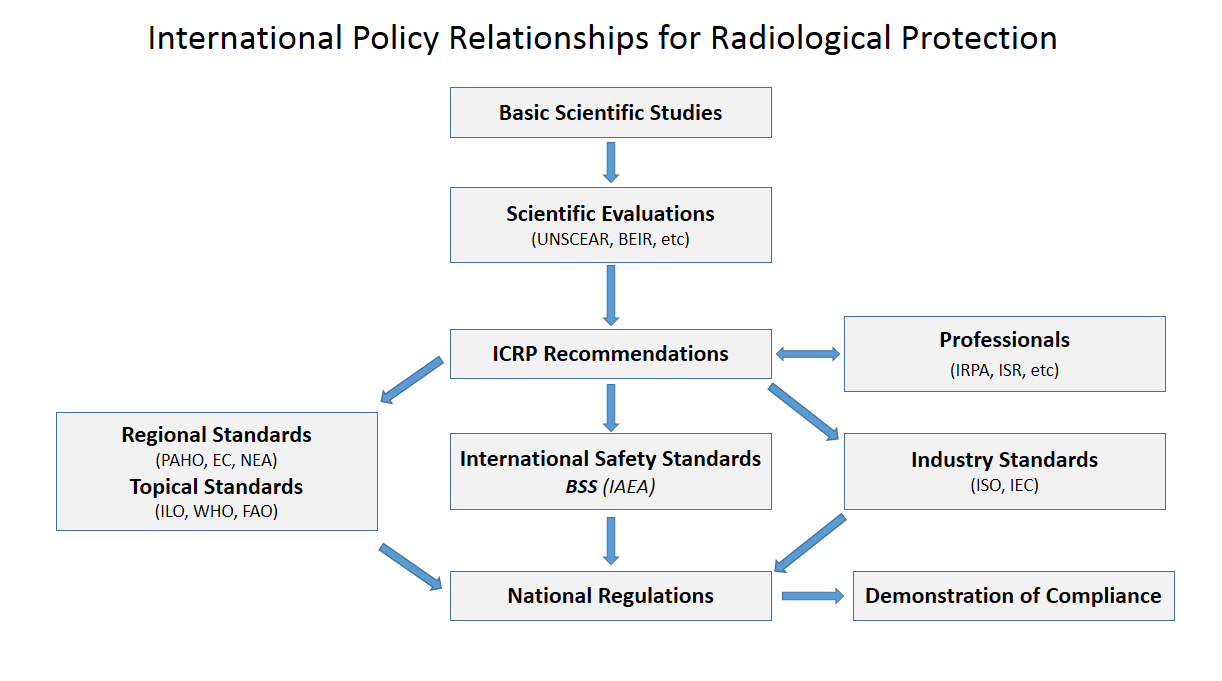|
Vasily Ignatenko
Vasily Ivanovich Ignatenko ( uk, Василь Іванович Ігнатенко; be, Васіль Іванавіч Ігнаценка; russian: Василий Иванович Игнатенко; 13 March 1961 – 13 May 1986) was a Soviet firefighter and first responder to the Chernobyl disaster in 1986. Ignatenko was raised on a collective farm near Gomel in the Byelorussian SSR, and worked for a time as an electrician. He became a firefighter in 1980 as part of his service in the Soviet Military, and was employed as a paramilitary firefighter afterwards. On 26 April 1986, Ignatenko's fire brigade was involved in mitigating the immediate aftermath of the Chernobyl disaster, fighting the fires started by the initial explosion. In the process, Ignatenko received a high dose of radiation, leading to his death in a Moscow radiological hospital eighteen days later. Early life Vasily Ivanovich Ignatenko was born on 13 March 1961, in the Brahin District of the Gomel Region of the ... [...More Info...] [...Related Items...] OR: [Wikipedia] [Google] [Baidu] |
Brahin District
Brahin District or Brahinski Rajon ( be, Брагінскі раён, russian: Брагинский район, Bragin District), is a district of Gomel Region, in Belarus. Its administrative seat is the small town of Brahin. Geography The district includes the towns of Brahin and Kamaryn, 14 rural councils (''Selsovets''), and several villages. Following the 1986 Chernobyl disaster, it is partially included in the Polesie State Radioecological Reserve. To the south of Kamaryn is situated the southernmost point of Belarus. Notable residents Julija Cimafiejeva (b. 1982, Śpiaryžža village), Belarusian poet and translator See also *[...More Info...] [...Related Items...] OR: [Wikipedia] [Google] [Baidu] |
Babruysk
Babruysk, Babrujsk or Bobruisk ( be, Бабруйск , Belarusian Latin alphabet, Łacinka: , rus, Бобруйск, Bobrujsk, bɐˈbruɪ̯s̪k, yi, באָברויסק ) is a city in the Mogilev Region of eastern Belarus on the Berezina river, Berezina River. , its population was 209,675. The name Babrujsk (as well as that of the Babruyka River) probably originates from the Belarusian word (; 'European Beaver, beaver'), many of which used to inhabit the Berezina. However, beavers in the area had been almost eliminated by the end of the 19th century due to hunting and pollution. Babrujsk occupies an area of , and comprises over 450 streets whose combined length stretches for over . Babrujsk is located at the intersection of railroads to Asipovichy, Zhlobin, Aktsyabrski and roads to Minsk, Homyel, Mahilyow, Kalinkavichy, Slutsk, and Rahachow. It has the biggest timber mill in Belarus, and is also known for its chemical, machine building and metal-working industries. In 2021, ... [...More Info...] [...Related Items...] OR: [Wikipedia] [Google] [Baidu] |
Viktor Kibenok
Viktor Nikolaevich Kibenok ( ua, Віктор Миколайович Кібенок, russian: Виктор Николаевич Кибенок; 17 February 1963 11 May 1986) was a Chernobyl firefighter who was posthumously awarded the title Hero of the Soviet Union after he died of radiation sickness. Life Kibenok was born into a family of firefighters, his father and his grandfather were both firemen. He would sometimes go with his father to emergencies and watch. This is presumably when he found his love for firefighting. He graduated from Cherkasy Fire And Technical School in August 1984 and was sent to work in Pripyat. He was a Lieutenant and the Chief Guard at Pripyat Fire Station (SPVCH-6). Kibenok is described as being strong-willed, kind by-nature, a caring man. He also had a love for Motorsports and owned a motorcycle. In his free time he would modify and work on his motorcycle and loved driving it. He was told of his wife's pregnancy just two days before the acc ... [...More Info...] [...Related Items...] OR: [Wikipedia] [Google] [Baidu] |
Nikolai Titenok
Nikolai Ivanovich Titenok ( uk, Микола Іванович Титенок; russian: Николай Иванович Титенок; 5 December 1962 – 16 May 1986) was a Soviet firefighter and first responder to the Chernobyl disaster. He received a lethal dose of radiation whilst firefighting and was hospitalised in Moscow Hospital No.6, and died 20 days later from radiation poisoning. Life Titenok was born in the village of Vilcha in northern Ukraine. After graduating high school in 1980, he immediately entered the Kronstadt Naval School No. 42 reached the rank of starshina 1st class (equivalent to a sergeant) and graduated in June 1981. He served in the Soviet Navy until October 1984, and joined the Soviet Ministry of Internal Affairs as a firefighter on December 20th 1984. He was married to Tatyana Titenok in early 1985, and their son Sergey was born in September 1985. Chernobyl disaster NIkolai Titenok was attached to SPVCH-6, (Militarised Fire Department 6) loc ... [...More Info...] [...Related Items...] OR: [Wikipedia] [Google] [Baidu] |
RBMK
The RBMK (russian: реактор большой мощности канальный, РБМК; ''reaktor bolshoy moshchnosti kanalnyy'', "high-power channel-type reactor") is a class of graphite moderated reactor, graphite-moderated nuclear reactor, nuclear power reactor designed and built by the Soviet Union. The name refers to its design where, instead of a large steel Reactor pressure vessel, pressure vessel surrounding the entire core, the core is surrounded by a cylindrical annular steel tank inside a concrete vault and each fuel assembly is enclosed in an individual 8 cm (inner) diameter pipe (called a "technological channel"). The channels also contain the coolant, and are surrounded by graphite. The RBMK is an early Generation II reactor and the oldest commercial reactor design still in wide operation. Certain aspects of the original RBMK reactor design, such as the large positive void coefficient, the 'positive scram effect' of the control rods and instability at low ... [...More Info...] [...Related Items...] OR: [Wikipedia] [Google] [Baidu] |
Zirconium
Zirconium is a chemical element with the symbol Zr and atomic number 40. The name ''zirconium'' is taken from the name of the mineral zircon, the most important source of zirconium. The word is related to Persian '' zargun'' (zircon; ''zar-gun'', "gold-like" or "as gold"). It is a lustrous, grey-white, strong transition metal that closely resembles hafnium and, to a lesser extent, titanium. Zirconium is mainly used as a refractory and opacifier, although small amounts are used as an alloying agent for its strong resistance to corrosion. Zirconium forms a variety of inorganic and organometallic compounds such as zirconium dioxide and zirconocene dichloride, respectively. Five isotopes occur naturally, four of which are stable. Zirconium compounds have no known biological role. Characteristics Zirconium is a lustrous, greyish-white, soft, ductile, malleable metal that is solid at room temperature, though it is hard and brittle at lesser purities. In powder form, zirconi ... [...More Info...] [...Related Items...] OR: [Wikipedia] [Google] [Baidu] |
Graphite
Graphite () is a crystalline form of the element carbon. It consists of stacked layers of graphene. Graphite occurs naturally and is the most stable form of carbon under standard conditions. Synthetic and natural graphite are consumed on large scale (300 kton/year, in 1989) for uses in pencils, lubricants, and electrodes. Under high pressures and temperatures it converts to diamond. It is a weak conductor of heat and electricity. Types and varieties Natural graphite The principal types of natural graphite, each occurring in different types of ore deposits, are * Crystalline small flakes of graphite (or flake graphite) occurs as isolated, flat, plate-like particles with hexagonal edges if unbroken. When broken the edges can be irregular or angular; * Amorphous graphite: very fine flake graphite is sometimes called amorphous; * Lump graphite (or vein graphite) occurs in fissure veins or fractures and appears as massive platy intergrowths of fibrous or acicular cry ... [...More Info...] [...Related Items...] OR: [Wikipedia] [Google] [Baidu] |
Chernobyl Nuclear Power Plant
The Chernobyl Nuclear Power Plant (ChNPP; ; ), is a nuclear power plant undergoing decommissioning. ChNPP is located near the abandoned city of Pripyat in northern Ukraine northwest of the city of Chernobyl, from the Belarus–Ukraine border, and about north of Kyiv. The plant was cooled by an engineered pond, fed by the Pripyat River about northwest from its juncture with the Dnieper. ChNPP was commissioned in phases with the four reactors entering commercial operation between 1978 and 1984. In 1986, reactor No. 4 was the site of the Chernobyl disaster; as a result of this, the power plant is now within a large restricted area known as the Chernobyl Exclusion Zone. Both the zone and the power plant are administered by the State Agency of Ukraine on Exclusion Zone Management. The three other reactors remained operational post-accident maintaining a capacity factor between 60 and 70%. In total, units 1 and 3 had supplied 98 terawatt-hours of electricity each, with unit ... [...More Info...] [...Related Items...] OR: [Wikipedia] [Google] [Baidu] |
IAEA 02790015 (5613115146)
The International Atomic Energy Agency (IAEA) is an intergovernmental organization that seeks to promote the peaceful use of nuclear energy and to inhibit its use for any military purpose, including nuclear weapons. It was established in 1957 as an autonomous organization within the United Nations system; though governed by its own founding treaty, the organization reports to both the General Assembly and the Security Council of the United Nations, and is headquartered at the UN Office at Vienna, Austria. The IAEA was created in response to growing international concern toward nuclear weapons, especially amid rising tensions between the foremost nuclear powers, the United States and the Soviet Union. U.S. President Dwight D. Eisenhower's " Atoms for Peace" speech, which called for the creation of an international organization to monitor the global proliferation of nuclear resources and technology, is credited with catalyzing the formation of the IAEA, whose treaty came into ... [...More Info...] [...Related Items...] OR: [Wikipedia] [Google] [Baidu] |
Chernihiv
Chernihiv ( uk, Черні́гів, , russian: Черни́гов, ; pl, Czernihów, ; la, Czernihovia), is a city and municipality in northern Ukraine, which serves as the administrative center of Chernihiv Oblast and Chernihiv Raion within the oblast. Chernihiv's population is The city was designated as a Hero City during the 2022 Russian Invasion of Ukraine. Geography Chernihiv stands on the Desna River to the north-north-east of Kyiv. The area was served by Chernihiv Shestovytsia Airport prior to 2002, and during the Cold War it was the site of Chernihiv air base. History Etymology The name "Chernihiv" is a compound name, which begins with the root 'Cherni/Cherno,' which means "black" in Slavic. Scholars vary with interpretations of the second part of the name ("hiv"/gov", "говъ") though scholars such as Dr. Martin Dimnik, Professor of Medieval History at University of Toronto, connect Cerhnihov with the worship of "the black god" Chernibog. Early histor ... [...More Info...] [...Related Items...] OR: [Wikipedia] [Google] [Baidu] |
Pripjat 2019 60
Pripyat ( ; russian: При́пять), also known as Prypiat ( uk, При́пʼять, , ), is an abandoned city in northern Ukraine, located near the border with Belarus. Named after the nearby river, Pripyat, it was founded on 4 February 1970 as the ninth ''atomgrad'' (a type of closed town in the Soviet Union) to serve the nearby Chernobyl Nuclear Power Plant, which is located in the adjacent ghost city of Chernobyl. Pripyat was officially proclaimed a city in 1979 and had grown to a population of 49,360 by the time it was evacuated on the afternoon of 27 April 1986, one day after the Chernobyl disaster. Although it was located within the administrative district of Ivankiv Raion (now Vyshhorod Raion since the 2020 raion reform), the abandoned municipality now has the status of city of regional significance within the larger Kyiv Oblast, and is administered directly from the capital of Kyiv. Pripyat is also supervised by the State Emergency Service of Ukraine, which mana ... [...More Info...] [...Related Items...] OR: [Wikipedia] [Google] [Baidu] |
Fire-fighting Sport
Fire-fighting sport (russian: пожарно-прикладной спорт) is a sport discipline developed in the Soviet Union in 1937. It includes a competition between various fire fighting teams in fire fighting-related exercises, such as climbing stairs in a mock-up house, unfolding a water hose, and extinguishing a fire using hoses or extinguishers. International competitions have taken place since 1968. The VII Worldwide Championship in Fire and Rescue Sports took place in Cottbus, Germany, from 31 August to 5 September 2011. First international competitions among juniors were conducted on 7–9 August 2010 in Kazan, Tatarstan. The next international junior contest was held in 2011 in Saint Petersburg. See also *Czech fire sport Czech fire sport (Czech: ''Požární sport'') is a distinctively Czech sport. Every Czech municipality has to establish a volunteer fire department in accordance with Regulation § 29 law nr. 133/1985 Sb. Consequently, a special subculture o ... [...More Info...] [...Related Items...] OR: [Wikipedia] [Google] [Baidu] |






.jpg)

